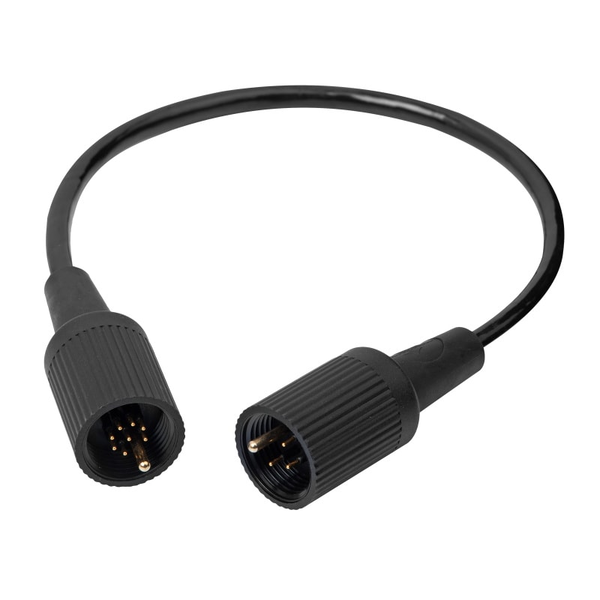Meeting the Challenges of the Abyss: Reliable Water Tight Connectors for Extreme Depths
Views: 3014
Author: Site Editor
Publish Time: 2024-01-30
Origin: Site
Transferring signals and power with more efficiency has become important with the increasing applications of deep-sea electronics. The deep-sea water tight connectors ensure that the electronic devices underneath the surface of water get adequate power and signal to carry on their operations.

How Reliable Watertight Connectors for Extreme Depths Make the Difference.
Here is what makes the deep-sea watertight connectors so reliable that they perform extremely well under such extreme conditions.
1. These are made with variations in their electrical signal efficiency
Different equipment and electronics need different types of signal efficiency. Some only focus on electrical or power signals, while others need to transfer data signals as well. The watertight containers are designed with variations in their electrical signal efficiency so they can adapt to the application requirements.
It means that whatever you need them for, these can be made according to those requirements, for example, with contact ratings up to 10 amps and 600 volts.
2. High-grade neoprene construction ensures reliability in extreme depths
One of the important factors that contribute to their reliability in deep water is the utilization of high-quality neoprene used during manufacture. Neoprene has an outstanding level of water resistance, strength and elasticity under pressure.
This material would do well in the extreme conditions of deep water, such as exposure to saltwater, freezing temperature, and high pressure. This will ensure that connectors are durable and perform consistently.
3. Modern designs with sealing capability to withstand extreme pressure
The main focus of these deep-sea water tight connectors after their electrical efficiency is on providing 100% sealing from humidity. It is crucial since sea water can cause reactions with the connective metal surface and the sea water is also electrically conductive.
So, suppose the contact points come in contact with seawater. In that case, you will not only physically damage them, but it can also cause signal interference, which will make your underwater electronics lose their efficiency.
4. Suitable for the increasing deep-sea applications
There are only 2 ways of powering electronics underwater, which include using wireless power from the battery, but it is limited, and the second one is using wired. The wired one offers benefits like data transmission and unlimited supply but comes at the cost of mobility.
However, these underwater watertight connectors remove this challenge with their increasing applications in oil and gas explorations, deep-sea mining, and marine research equipment. It is only possible since these connectors can withstand extreme conditions.
5. Compatible with multiple body material options within deep sea rating
These connectors work properly with different body materials for the use of deep-sea ratings. Depending on the needs of an application, options include stainless steel, titanium, and specialized alloys.
Each material has different advantages, for instance, corrosion resistance, strength, and suitability to a wide range of underwater environments that improve the connector's usability in deep seas.

 EN
EN DE
DE JP
JP ES
ES SE
SE FR
FR IT
IT CN
CN 한국어
한국어 ภาษาไทย
ภาษาไทย بالعربية
بالعربية Nederlands
Nederlands Türkçe
Türkçe Język polski
Język polski Tiếng Việt
Tiếng Việt Zulu
Zulu Bahasa Malay
Bahasa Malay